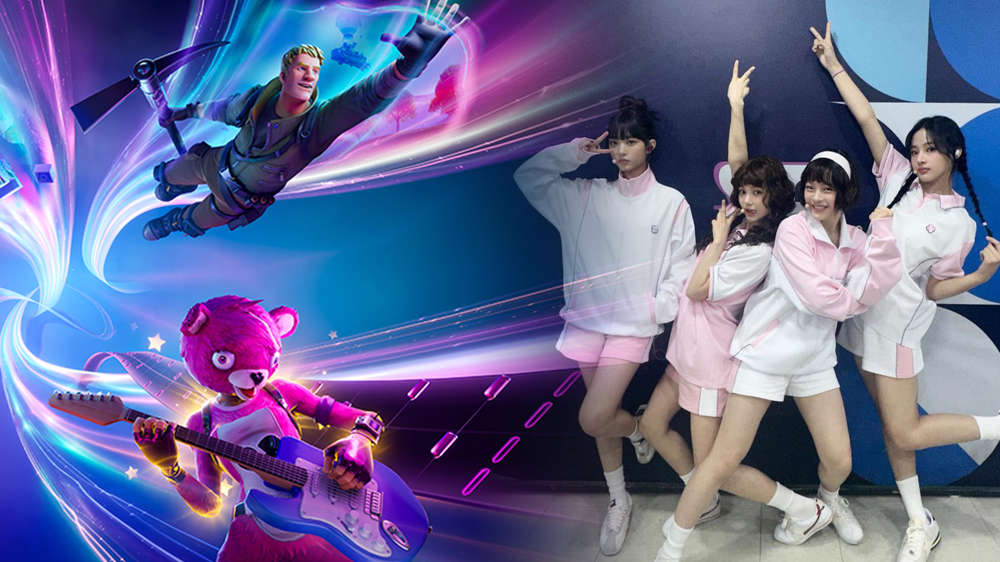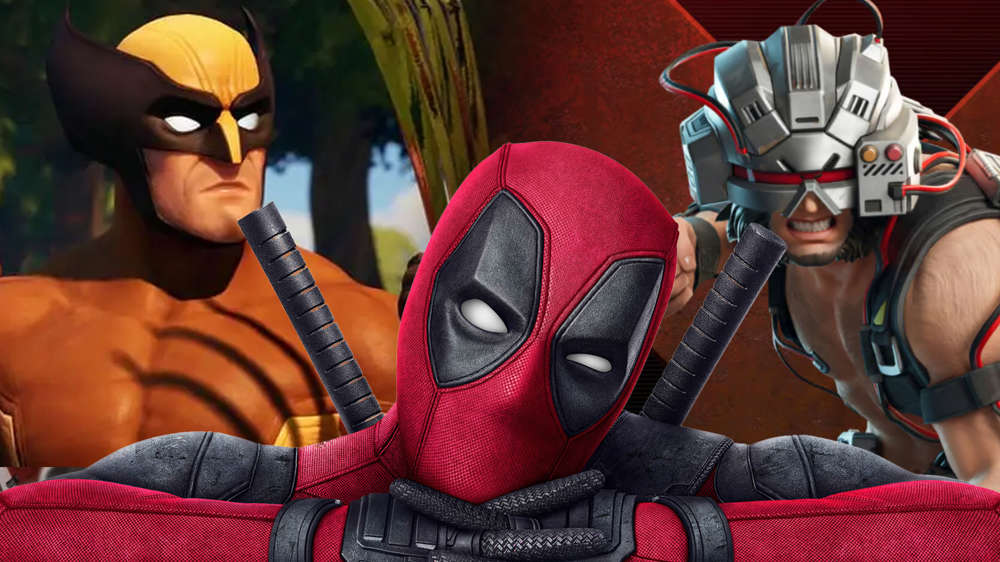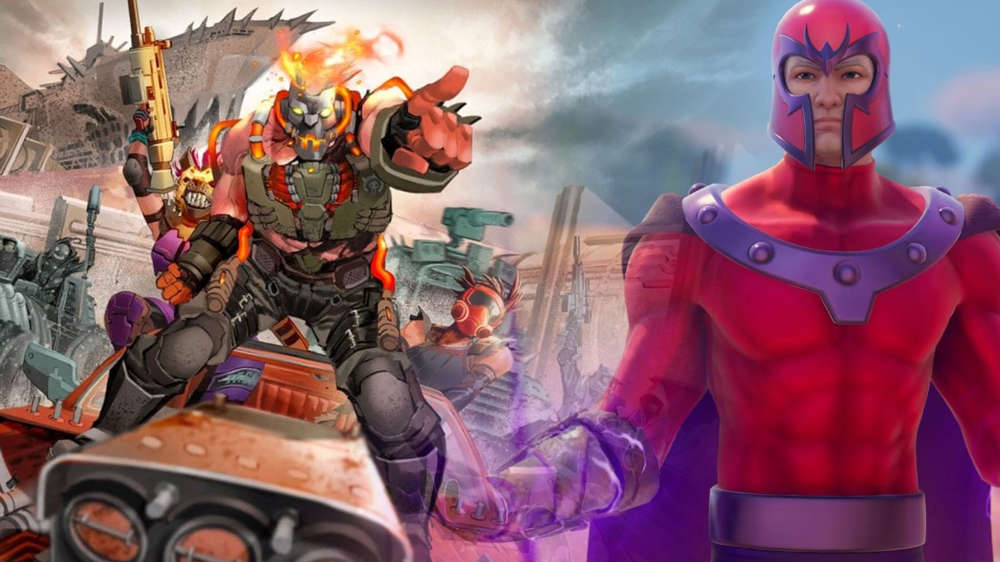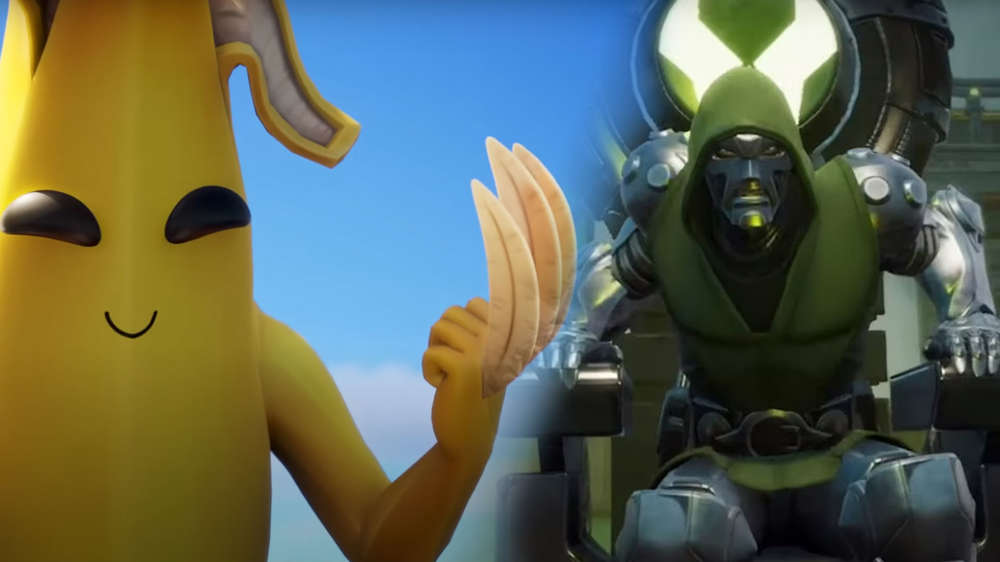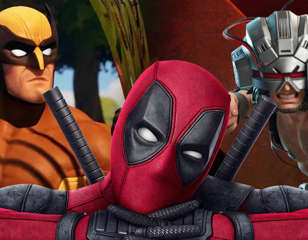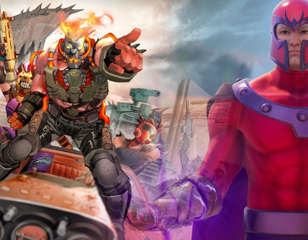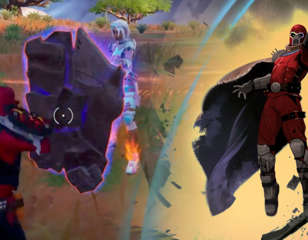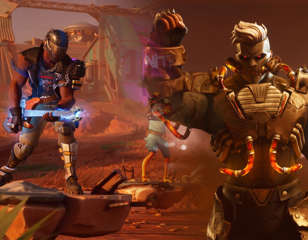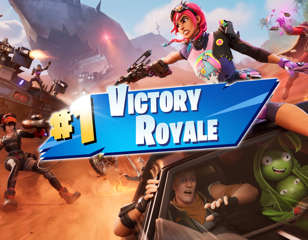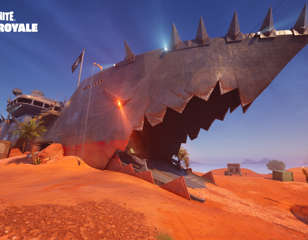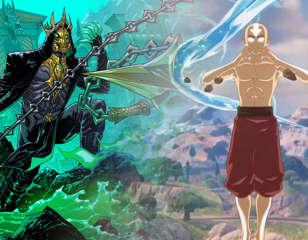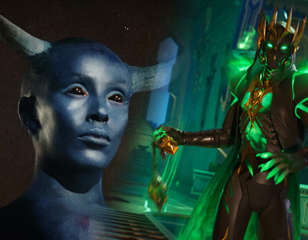The Birth Of Battle Royale: How Fortnite Changed Gaming
How Fortnite broke boundaries to become one of the world's most popular games

Mackenzie O Brien
17th Jan 2021 19:30
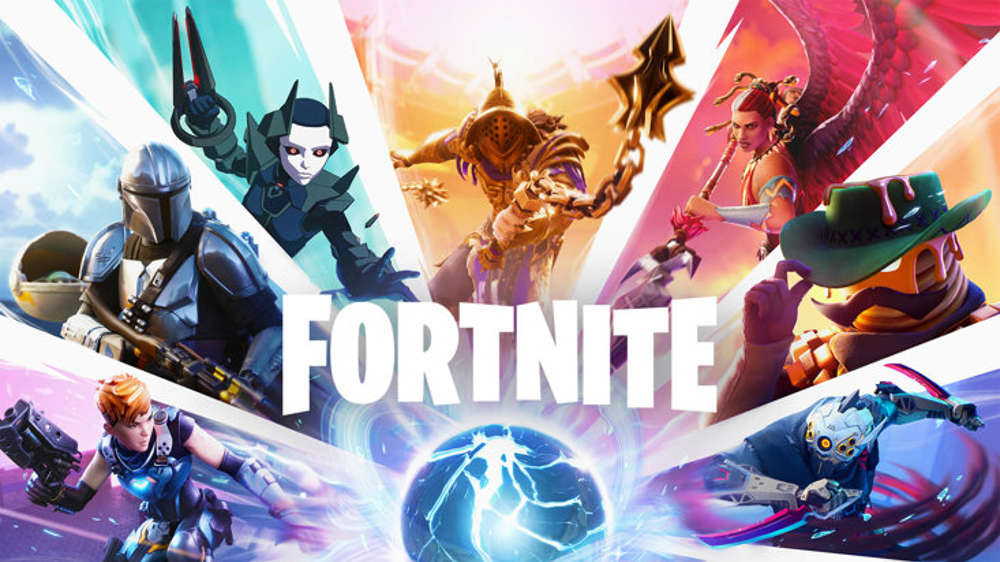
Fortnite is one of the biggest names in gaming, with over 350 million registered players as of May 6, 2020, the battle royale isn't going away any time soon. It has become both an element of popular culture and a staple in the gaming industry, something that both gamers and non-gamers alike know about. Fortnite's live events boast millions of viewers, their streamers rack up sponsorship deals, and some of the youngest esports millionaires have made it big thanks to Fortnite tournaments and championships. Fortnite has become more than just a game to many - it is a worldwide sensation, and something that won't be going away anytime soon.
It didn't start out this way, though. What is now a pillar in the esports community started out as a highly-divisive and underrated game. In fact, four years ago, the battle royale system was hardly a factor in the world of Fortnite. The gameplay that we know and love today was only in its infancy, with many of the developers focusing on other aspects of the game than battle royale, such as the campaign - Save The World. When Epic Games decided to prioritise the battle royale, they unknowingly cemented the world of Fortnite into video game history.
On September 20, 2011, the wildly successful game Gears of War 3 was published. After powering through the game's development cycle, Epic Games developers decided to celebrate with an internal game jam. Little did they know, this game jam would plant the seeds for the company's most successful game to date.
Fortnite was not even a game developed for the game jam, rather, it was a series of ideas generated throughout the game jam process. After viewing one another's games, the developers began discussing interesting gameplay concepts amongst one another. They were fascinated by not only shooter games, but also construction games too. They sought to bring more fun to the dark and gritty world of shooter games, by implementing a robust crafting system with a definitive style.
Fortnite initially started out as a shooter with role-playing elements. Set in a dark and dreary world overrun by zombies, players and their friends would have to team up to defeat them. These zombies were once people - turned dark by a violent, unrelenting storm. The player and their group are among some of the only remaining humans, who are on a mission to save the remainder of Earth as they know it.
The game provided the ability to craft forts, shields, and other temporary structures. Resources to build these forts could be collected from around the in-game map. This early version of Fortnite was known as Fortnite: Save The World, and it was met with lukewarm success. This was largely due to the popularity of MMOs and esports at the time, titles such as Dota 2, Counter-Strike: Global Offensive (CS:GO), and Overwatch. Epic Games realised their marketing had to change, as their fledgeling game was barely able to stand out from the crowd. Thus, they called for the help of Chinese video game publisher Tencent.
Tencent is well-versed at creating popular battle royales. They are most famous for PlayerUnknown's Battlegrounds, which is largely referred to as PUBG by the gaming populace. PUBG had reached over five million downloads since Fortnite's release, which were numbers that Epic Games just were not seeing. Epic Games was interested in pursuing the 'Games as a Service' model, a gameplay structure that many companies rely on today. This business model entails that games, much like software, need to be updated. Thus, the player must spend money to unlock new upgrades or experience new gameplay elements. This model is demonstrated by the pay-to-play and freemium business models that many mobile developers, such as Zynga and King, capitalise on. Epic Games, however, wanted to make sure that they maintained their audience by keeping the core elements of Fortnite free-to-play, while keeping optional content at a premium.
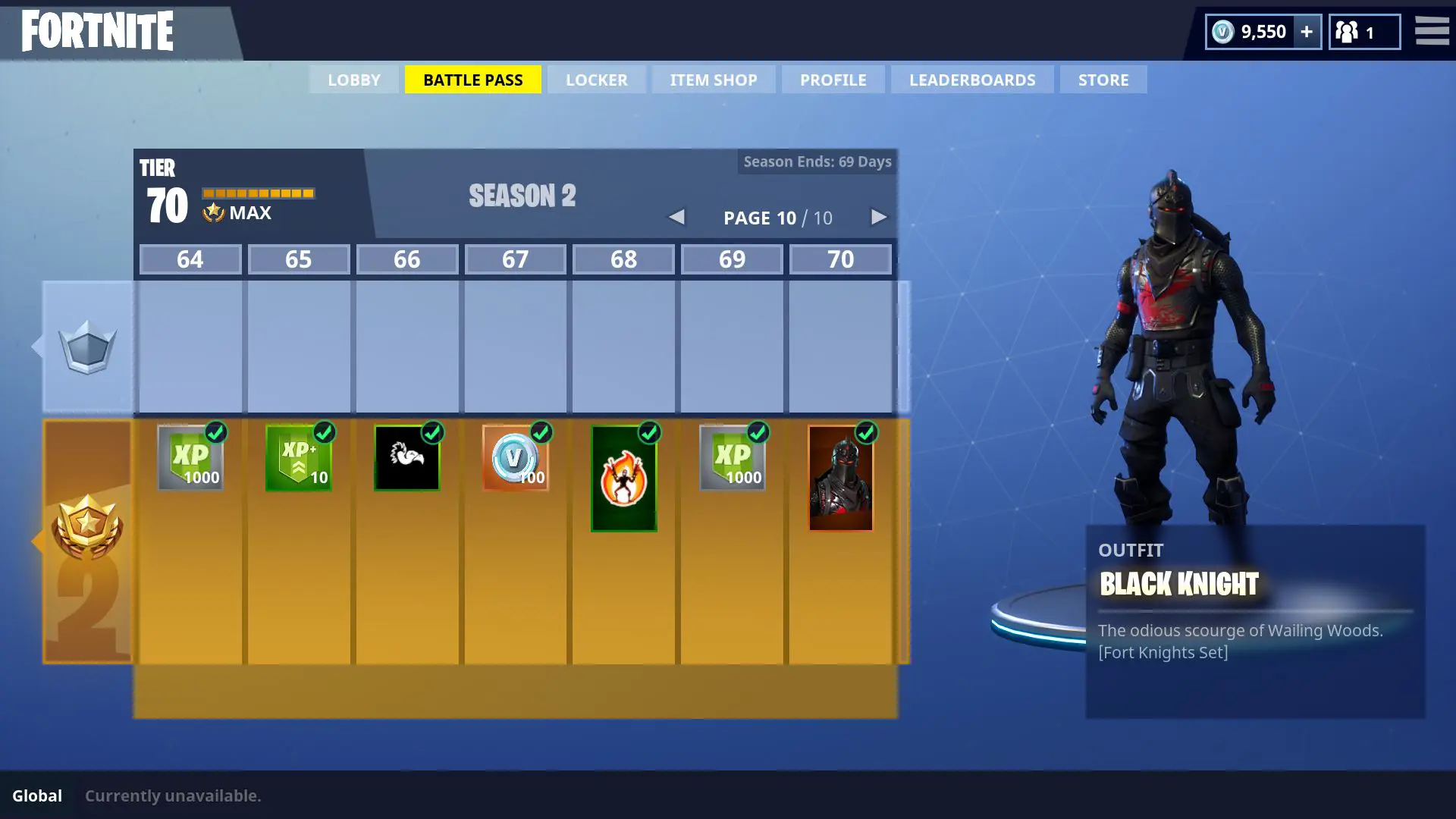
Tencent lit the way toward the battle royale gameplay mode - Fortnite's biggest attribute. Once developers started making Fortnite: Battle Royale an actual game instead of just a beta mode for testing, the game really started to soar. Using Fortnite: Save the World as structural support, the developers were able to create Fortnite: Battle Royale within two months. After releasing Fortnite: Save the World as a paid game, Epic Games decided to make Fortnite: Battle Royale free-to-play, supported only by micro-transactions.
This appeared to be a wildly successful formula for Epic Games to follow, as Fortnite: Battle Royale soared within just months of the game's release. Epic Games later decided to streamline their micro-transactions, creating battle passes for players to purchase every so often. They also started drastically changing maps, characters, and weapons during the game's development cycles, which they referred to as seasons. These seasons each had different battle passes and perks, which drove more microtransactions and proved to be largely popular with players and streamers alike. Differing gameplay elements, cosmetics, and weapons made it more exciting for players to check back into the game, even if it had been a while between play sessions. This proved to be even more successful for streamers, who were always able to show their fans exciting and new content from the world of Fortnite.
After the seventh season of Fortnite: Battle Royale, the game's creative mode was released to the public. It was met with huge success, as many people enjoyed the building mechanics of the game and were excited to use a space that was designed just for those mechanics. Fortnite Creative also brought player-created worlds and maps to the forefront, which encouraged Fortnite fans to make their own obstacle course maps, mini-games, or movie set recreations.
The success of Fortnite Creative also led to the creation of the game's popular Party Royale mode in 2020. This mode could be accessed through an island, where many live events and concerts could take place. Among these were the Travis Scott Astronomical Tour, world premiere of Christopher Nolan film Tenet, and the Party Royale Premiere featuring Steve Aoki, Deadmau5, and Dillon Francis. This gameplay mode allowed fans to not only play Fortnite but experience video game history as they did. The Travis Scott Astronomical Tour was a record-setting event - with over 12 million in attendance. The aim of Party Royale was to provide a space for worldwide premieres and socialisation - Epic Games described it as a place for players to set their weapons aside to chat and have fun.
After Party Royale, players are uncertain about what Epic Games has up its sleeve next. All players do know is that Fortnite is a massive property with huge sway and influence. It already has a plethora of features that make it stand out as one of the world's most popular games. It has appeal both in and outside of the gaming community, as streamers and influencers help to make the game a staple of internet and popular culture. With many exciting new features on the horizon, Fortnite is only expected to grow over the years. It is the definition of a success story- a game that exceeded expectations after trial and error, only to achieve stardom shortly after.
Fortnite has made an incredible impact on the world of gaming - an impact that won't soon be forgotten.
Images via Epic Games

About The Author
Mackenzie O Brien
Mackenzie is a Freelance Journalist at GGRecon, she has experience in the social media side to the gaming industry.
